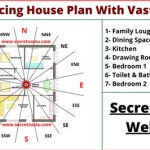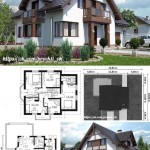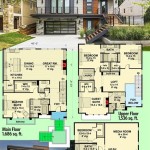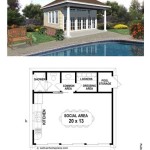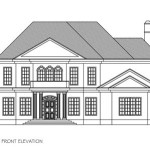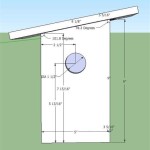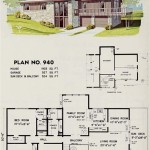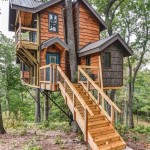Unveiling the Key Aspects of Light Steel Frame House Plans
Light steel frame (LSF) houses are gaining immense popularity due to their numerous advantages. If you're considering building an LSF home, understanding the essential aspects of its plans is crucial. Here's a detailed guide to help you navigate the intricacies of LSF house plans:
1. Structural Principles
LSF houses utilize lightweight steel members, typically cold-formed, to create a robust frame. These members are connected using screws or bolts, resulting in a highly durable and earthquake-resistant structure. The frame's strength-to-weight ratio provides excellent support for walls, windows, and roofing systems.
2. Energy Efficiency
LSF homes offer exceptional energy efficiency. Steel acts as a thermal barrier, reducing heat loss and minimizing energy consumption. Insulation, installed within the steel frame, further enhances thermal performance, keeping interiors comfortable year-round and lowering utility bills.
3. Design Flexibility
Light steel frame plans provide remarkable design flexibility. The steel frame allows for the creation of various architectural styles, from traditional to modern. LSF structures can accommodate non-standard designs, such as vaulted ceilings, bay windows, and open floor plans, with ease.
4. Construction Speed
Compared to traditional building methods, LSF construction boasts significantly faster completion times. The pre-engineered frames are assembled on-site, reducing labor and minimizing weather-related delays. This accelerated construction process results in earlier occupancy and lower construction costs.
5. Customization Options
LSF houses offer ample customization options. Alterations to the floor plan, window placements, and exterior finishes can be easily incorporated into the plans. This customization allows homeowners to tailor their homes to their specific needs and preferences.
6. Environmental Friendliness
LSF construction promotes environmental sustainability. Steel is a recyclable material, and the production process minimizes waste. Additionally, the energy efficiency of LSF homes reduces carbon emissions, contributing to a greener lifestyle.
7. Building Codes and Regulations
When designing LSF house plans, it's essential to adhere to local building codes and regulations. Many jurisdictions have specific requirements for LSF structures, including fire safety, structural stability, and energy efficiency. Consult with experienced architects and engineers to ensure your plans meet all applicable codes.
Conclusion
Light steel frame house plans offer a myriad of advantages, including structural stability, energy efficiency, design flexibility, construction speed, customization options, environmental friendliness, and adherence to building codes. By understanding these key aspects, homeowners can make informed decisions and create beautiful, sustainable, and cost-effective LSF homes.

Light Steel Structure Houses And Bungalows

The Lth016 Steel Home Framing Package Lth Structures

Light Steel Frame House Design Cad Files Dwg Plans And Details

28 Light Gauge Steel Design Ideas Frame

High Quality Ultra Modern Prefab Homes In Light Gauge Steel Frame House Luxury Villa

Self Build Design Light Gauge Steel Frame

7 New Plans For Tiny Homes Cabins Steel Frames Direct

Light Steel Frame Construction Details Next Gen Living Homes

Buy Our 2 Level Steel Frame Home 3d Floor Plan Next Gen Living Homes

Residential Home Construction Light Gauge Steel Frame Modular Design

